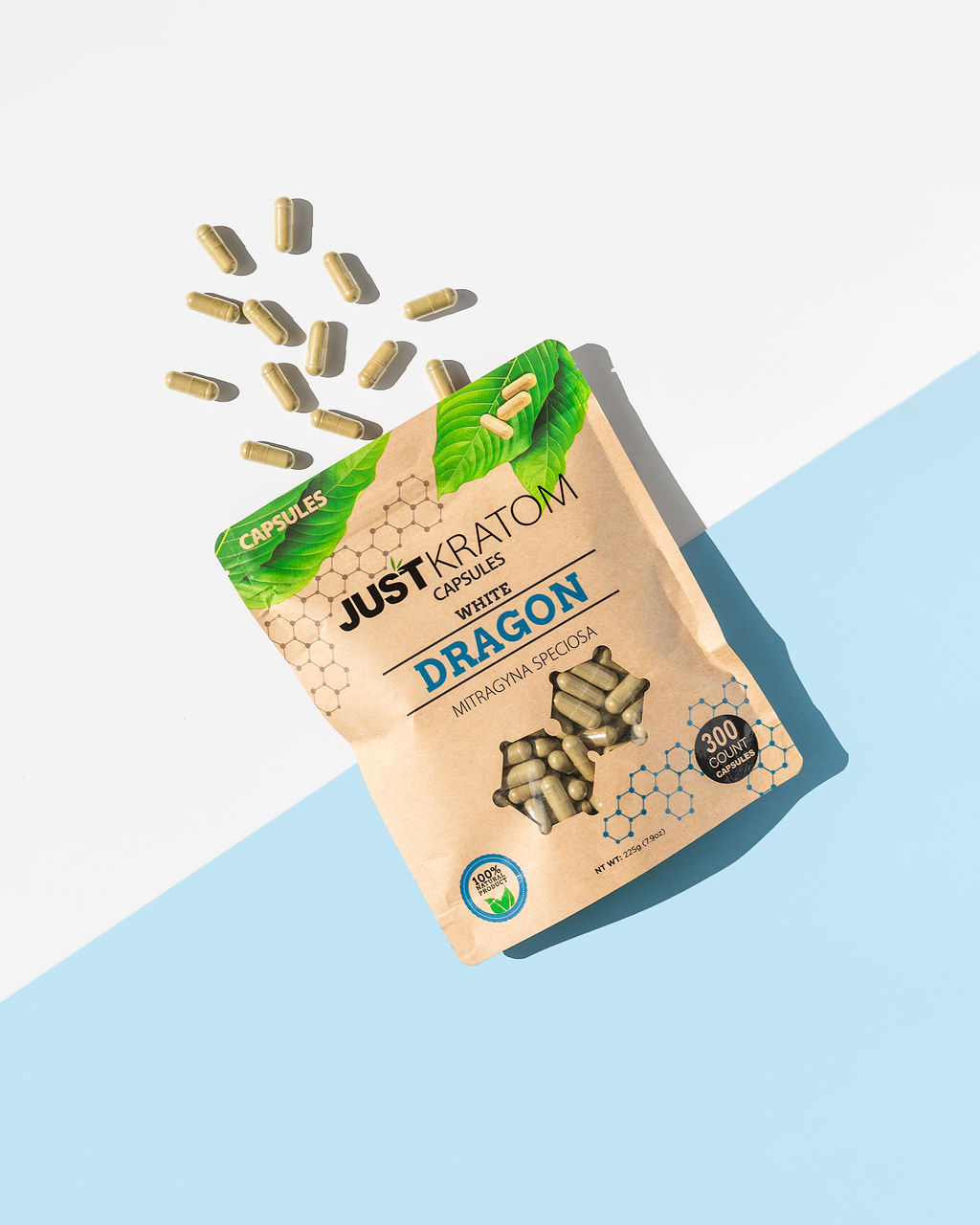The Science Behind THC and Pain Relief: What Studies Show
Pain relief has always been a top priority in medicine, but finding effective solutions that don’t come with significant side effects is often challenging. With the rise of cannabis as a potential remedy, THC (tetrahydrocannabinol), the primary psychoactive compound in cannabis, has gained attention for its role in pain management. This article will explore the science behind THC’s interaction with the body, how it works to relieve pain, and what research shows about its efficacy in treating different types of pain.
What is THC?
THC, or tetrahydrocannabinol, is the main psychoactive compound found in cannabis. Unlike CBD (cannabidiol), another popular cannabis compound, THC produces a “high” feeling when consumed. THC works by binding to cannabinoid receptors in the brain and body, primarily CB1 and CB2 receptors, which are part of the body’s endocannabinoid system (ECS).
The ECS is responsible for regulating various bodily functions, such as mood, appetite, memory, and pain perception. When THC interacts with CB1 and CB2 receptors, it can influence pain signals, inflammation, and other processes that affect pain sensations. As a result, THC has been studied extensively for its potential to alleviate pain, especially chronic pain and conditions that traditional pain medications may not effectively treat.
The Mechanism of THC in Pain Relief
THC’s ability to relieve pain is primarily linked to its interaction with the endocannabinoid system. The ECS regulates pain perception through two types of receptors:
CB1 Receptors
These receptors are located mainly in the brain and central nervous system (CNS). When THC binds to CB1 receptors, it can influence how the brain processes pain signals. This is particularly helpful in conditions where pain is chronic and persistent, as THC can reduce the intensity of pain signals being transmitted to the brain.
CB2 Receptors
CB2 receptors are primarily found in the peripheral tissues and immune system. These receptors play a significant role in inflammation, and when THC binds to CB2 receptors, it can reduce inflammation, which is a common cause of pain in conditions like arthritis or injuries. By reducing inflammation, THC may alleviate the pain associated with these conditions.
THC and Chronic Pain
Chronic pain is a pervasive and debilitating condition that affects millions of people worldwide. It can result from various causes, including injury, inflammation, nerve damage, or conditions such as arthritis and fibromyalgia. Traditional pain medications, such as opioids, are often prescribed for chronic pain, but they come with significant side effects, such as addiction, tolerance, and respiratory issues.
THC has shown promise as an alternative or complementary treatment for chronic pain. Research suggests that THC may be effective in reducing pain intensity and improving quality of life for individuals with chronic conditions.
Studies Supporting THC for Chronic Pain
Numerous studies have explored the effectiveness of THC in chronic pain management. For example, a 2015 study published in JAMA (Journal of the American Medical Association) reviewed multiple trials and concluded that cannabinoids, including THC, significantly reduced chronic pain. This study emphasized that THC is most effective when used in combination with other cannabinoids, such as CBD, which can reduce some of the side effects associated with THC.
Another study, published in The Clinical Journal of Pain in 2016, found that THC was effective in treating pain related to conditions like multiple sclerosis (MS) and nerve damage. The study reported that participants who used THC experienced a significant reduction in pain intensity compared to those who received a placebo.
THC and Neuropathic Pain
Neuropathic pain, caused by damage to the nerves, can be particularly difficult to treat. It is often described as sharp, burning, or tingling pain, and it can be a result of conditions such as diabetic neuropathy, spinal cord injuries, and multiple sclerosis. Neuropathic pain can be resistant to traditional painkillers, making it a significant area of research for THC’s potential therapeutic use.
Research has shown that THC may be effective in managing neuropathic pain. A study published in The European Journal of Pain in 2006 found that THC significantly reduced pain intensity and improved sleep in patients with neuropathic pain. Another study in The Journal of Pain in 2010 suggested that THC, especially when combined with CBD, could be an effective treatment for people with neuropathic pain, offering better relief than traditional pain medications.
THC and Inflammation
Inflammation is a common cause of pain in many conditions, including arthritis, inflammatory bowel disease (IBD), and even post-surgical pain. The body’s immune response triggers inflammation as a natural defense mechanism, but in chronic conditions, inflammation becomes prolonged and exacerbates pain.
THC has anti-inflammatory properties, and studies suggest it may play a key role in reducing inflammation. Research published in The Journal of Clinical Investigation in 2012 showed that THC can inhibit the production of inflammatory molecules, reducing inflammation and its associated pain. In addition, THC can modulate immune system activity by binding to CB2 receptors, leading to a reduction in the release of pro-inflammatory cytokines.
For patients with conditions like arthritis, where inflammation contributes to pain and stiffness, THC’s anti-inflammatory effects may offer significant relief. A 2006 study published in The European Journal of Pain found that THC reduced pain and improved sleep quality in patients with osteoarthritis, a condition caused by inflammation of the joints.
Forms of THC for Pain Relief
There are various ways to consume THC for pain relief, and the method of consumption can impact the effectiveness and duration of pain relief. Some common forms of THC products include:
THC Oils and Tinctures
These products are absorbed quickly into the bloodstream, making them ideal for fast-acting pain relief. THC oils and tinctures can be taken sublingually (under the tongue), providing quicker effects compared to other methods.
THC Edibles
Edibles, such as THC-infused gummies or chocolates, are a popular method for consuming THC. While they take longer to take effect (due to digestion), they provide long-lasting pain relief, making them ideal for people with chronic pain who need extended relief.
Vape Cartridges
Vaping is another popular method for consuming THC, as it provides fast-acting relief. The vaporized THC enters the bloodstream quickly, making it ideal for acute pain or breakthrough pain that requires immediate relief.
Topical THC Products
Topical THC products, such as creams, balms, and lotions, are applied directly to the skin. These products are ideal for localized pain relief, such as joint pain or muscle soreness. Since they do not enter the bloodstream, they provide targeted relief without psychoactive effects.
Side Effects of THC for Pain Relief
While THC has shown promise in pain management, it is not without its side effects. The most common side effects of THC include dizziness, dry mouth, increased heart rate, and temporary memory impairment. Higher doses of THC can also cause anxiety, paranoia, or dizziness, particularly in those who are new to cannabis use or sensitive to THC.
To mitigate these side effects, many people choose to combine THC with CBD, as CBD can counteract some of the psychoactive effects of THC. Additionally, using lower doses of THC may reduce the risk of side effects while still providing effective pain relief.
Conclusion
The science behind THC and its role in pain relief is well-supported by research and clinical studies. THC’s interaction with the body’s endocannabinoid system allows it to modulate pain signals, reduce inflammation, and improve overall pain management. From chronic pain conditions like arthritis and multiple sclerosis to neuropathic pain and inflammation-related discomfort, THC shows great promise as an alternative or complementary treatment to traditional pain medications.
However, as with any medication or treatment, it is important to consult with a healthcare provider before using THC for pain relief, especially if you are new to cannabis or have concerns about side effects. As research continues, more data will emerge to further solidify THC’s role in pain management and potentially improve the quality of life for millions of people suffering from chronic pain.
Haze Pre-Roll Blueberry Muffin 3.5g Review
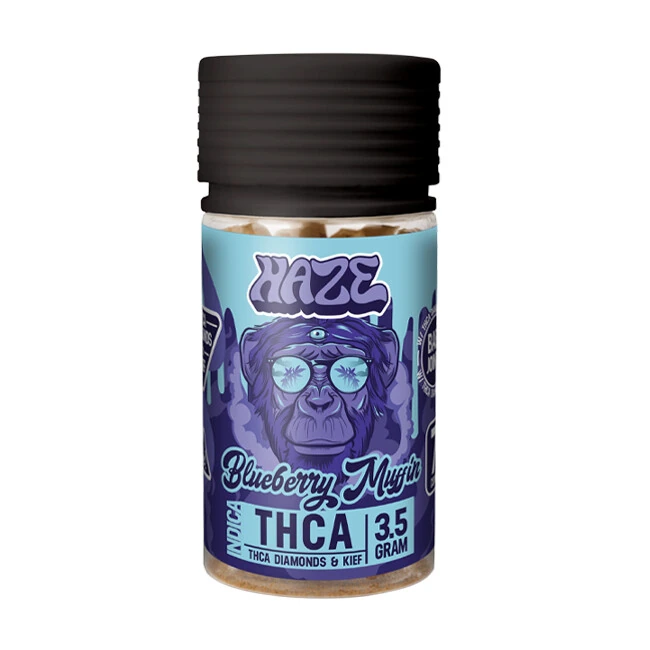
Buy Now Haze Pre-Roll Blueberry Muffin 3.5g Review
I’ve been on a bit of a pre-roll journey lately, and I have to say, the Haze Pre-Roll Blueberry Muffin from Just Delta really hit the spot. First of all, the flavour was incredible—sweet, earthy, with a subtle berry undertone that reminded me of fresh blueberries on a lazy Sunday morning.
What I love most about this product is how smooth it was to smoke. No harsh throat hits, just a calm and soothing experience from start to finish. The effects were subtle but noticeable—there was a clear sense of relaxation without any intense heaviness. Perfect for a night in when you just want to unwind and enjoy some music or a good movie.
The packaging is neat and practical, keeping the pre-roll fresh, and it’s easy to take with you on the go. I definitely recommend this to anyone looking for a mellow high that won’t knock you out.
Haze Pre-Roll Cereal Milk 3.5g Review
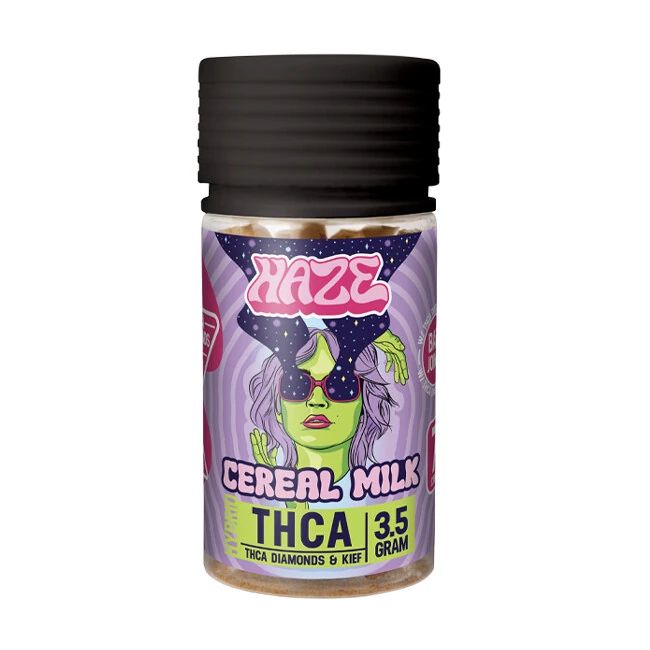
Buy Now Haze Pre-Roll Cereal Milk 3.5g Review
Next up, I tried the Haze Pre-Roll Cereal Milk, and wow, talk about a fun experience! The flavour profile was like nothing I’ve ever smoked before. It had a creamy, milky taste with a slight sweetness that honestly reminded me of the milk at the bottom of a bowl of cereal—hence the name.
The effects were very uplifting. I felt a sense of happiness and creativity, which was perfect for a social hangout or an afternoon when I needed to get some work done with a little extra motivation. It wasn’t too heavy, and I didn’t get couch-locked, which I loved.
The burn was slow and even, and the whole process was incredibly smooth, which is a huge win in my book. If you’re looking for a pre-roll that delivers both in flavour and effect, definitely give this one a go.
Haze Pre-Roll Maui Wowie 3.5g Review
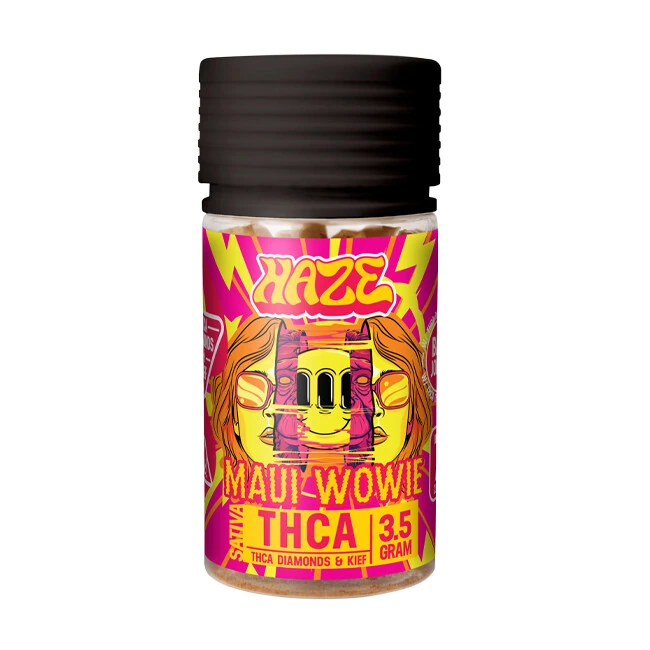
Buy Now Haze Pre-Roll Maui Wowie 3.5g Review
The Haze Pre-Roll Maui Wowie was my next adventure, and I have to say, I was impressed. I’ve always heard great things about Maui Wowie, and this pre-roll did not disappoint. The flavour was tropical and bright—think of a beachside vacation in a joint. There’s a hint of citrusy pineapple and earthy undertones that made the experience feel like a mini getaway.
As for the effects, they were energising without being overwhelming. I felt relaxed, but with enough energy to get creative or dive into a project. If you’re looking for something that gives you that feel-good, uplifted vibe without too much sedation, this pre-roll is your ticket. I’ll be picking up more of these for sure.
Meditation Blend Live Resin Disposable Vape Hawaiian Haze 3g Review
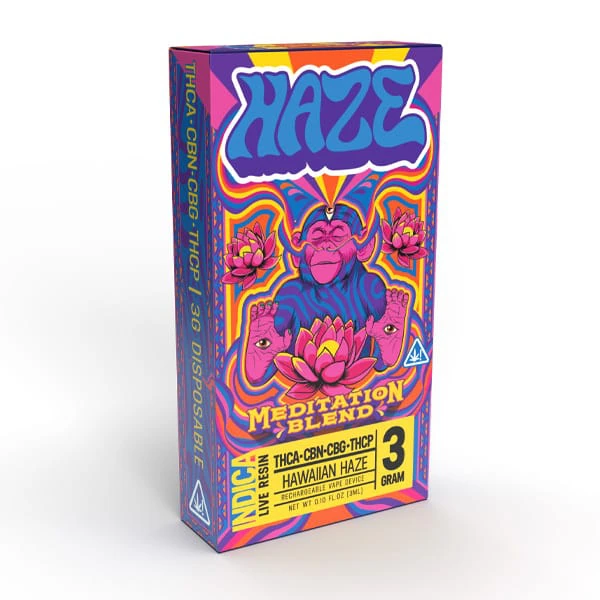
Buy Now Meditation Blend Live Resin Disposable Vape Hawaiian Haze 3g Review
Now, I’m someone who loves a good vape, and the Meditation Blend Live Resin Disposable Vape in Hawaiian Haze was a pleasant surprise. First off, the flavour was delicious—tropical, smooth, with a hint of earthy richness. It’s like taking a deep breath of fresh air mixed with a little island breeze.
The best part? The effects were incredibly soothing. It didn’t hit me hard and fast, but rather built up slowly, leaving me with a calm, focused, and zen-like state. This is perfect if you’re someone who likes to unwind after a stressful day without feeling completely knocked out. The disposable design made it super convenient—no refilling, no mess, just pure enjoyment. I’ll definitely be keeping this one in my vape collection.
Haze Brain Stew Delta 9 Gummies Hybrid Review
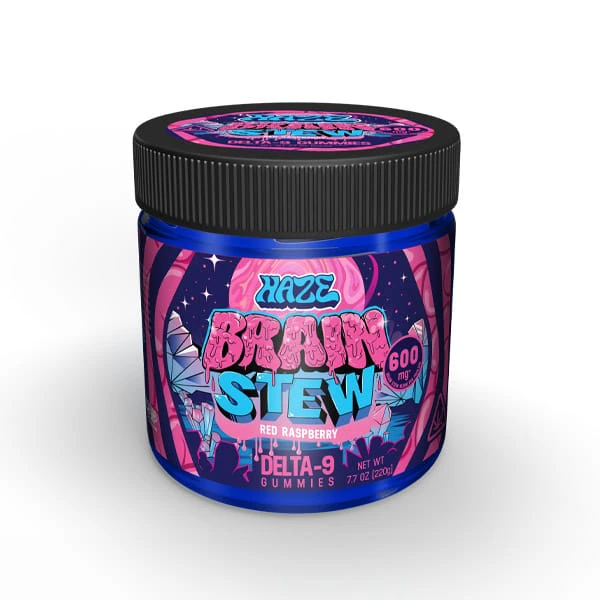
Buy now Haze Brain Stew Delta 9 Gummies Hybrid Review
Finally, I decided to give the Haze Brain Stew Delta 9 Gummies a try. These hybrid gummies were perfect for a balanced experience—relaxing but with a nice burst of creativity. The flavour was sweet, with just the right amount of tanginess to make them delicious and easy to take.
What I loved most was how they helped me de-stress. I didn’t feel overly tired or sedated, just calm and at ease. These gummies are fantastic for those moments when you need something easy to consume but still want a solid effect. The dose was just right, and the high was smooth and manageable.
Overall, I was really impressed with these gummies. They’re my new go-to for unwinding after a busy day or for a little chill session with friends.
Final Thoughts
All in all, Just Delta offers a solid range of THC products that deliver both in flavour and effect. Whether you’re into pre-rolls, vapes, or gummies, they’ve got you covered with high-quality options that cater to various needs. From relaxation to creativity, these products have helped me unwind and get through my day in a fun and mellow way. If you’re looking to try some unique THC experiences, I highly recommend checking out Just Delta’s products. Each one has its own charm and offers something different, depending on what you’re in the mood for.
What is THC and how does it interact with pain?
THC, or tetrahydrocannabinol, is the primary psychoactive compound in cannabis. It interacts with the body’s endocannabinoid system (ECS), specifically binding to CB1 receptors in the brain and nervous system. This interaction can help reduce pain by altering pain perception and increasing the release of natural pain-relieving chemicals in the body.
How does THC provide pain relief?
THC provides pain relief by interacting with the ECS, which regulates functions like pain, mood, and inflammation. When THC binds to cannabinoid receptors, it can reduce the perception of pain, decrease inflammation, and relax the muscles, making it effective for various types of pain, including chronic pain and nerve-related discomfort.
What types of pain are most commonly treated with THC?
THC is most commonly used to treat chronic pain, nerve pain (neuropathy), and inflammatory pain conditions. Studies have shown that THC can be effective for conditions like arthritis, multiple sclerosis, fibromyalgia, and post-traumatic pain.
Is THC more effective than CBD for pain relief?
THC and CBD both have pain-relieving properties, but they work in different ways. THC is more directly linked to pain relief due to its ability to activate CB1 receptors, which influence pain perception and inflammation. CBD, on the other hand, works by supporting the ECS and reducing inflammation without producing a high. Many users find that a combination of THC and CBD offers enhanced pain relief.
Are there studies supporting THC for pain management?
Yes, numerous studies have shown that THC can effectively reduce pain. For example, research published in the Journal of Pain demonstrated that THC helped reduce pain in patients with conditions like neuropathic pain and cancer. Another study found that a combination of THC and CBD significantly improved chronic pain management.
Does THC cause side effects when used for pain relief?
While THC is effective for pain relief, it can cause side effects such as dizziness, dry mouth, altered mental state, and impaired motor skills. These side effects are typically temporary, and the intensity varies depending on the dose and individual tolerance. It’s recommended to start with a low dose and adjust as needed.
Can THC help with acute pain, or is it best for chronic pain?
THC is particularly effective for chronic pain conditions, but it can also provide relief for acute pain. However, its effectiveness for short-term pain may depend on the cause and severity of the pain. For acute pain, some individuals prefer fast-acting forms of THC like vaporizers or tinctures for quicker relief.
How should THC be consumed for pain relief?
THC can be consumed in various forms, including edibles, oils, tinctures, vapes, and topicals. The method of consumption impacts the onset and duration of effects. For pain relief, many individuals prefer vaping or tinctures for faster onset, while edibles may offer longer-lasting effects.
Are there risks associated with using THC for pain relief?
While THC can be an effective pain management tool, there are some risks, especially for long-term use. These risks include dependency, cognitive impairment, and the potential for mental health issues in vulnerable individuals. It’s essential to consult with a healthcare provider before using THC regularly for pain management.
Can THC be used alongside other pain medications?
THC can often be used alongside other pain medications, but it’s crucial to consult a healthcare professional before combining treatments. THC may interact with other medications, potentially affecting their efficacy or causing unwanted side effects. Your doctor can help determine the safest and most effective pain management plan for you.
- Lip Filler London – Natural Lip Enhancement & Lip Augmentation - December 16, 2025
- Explore THC Soda in Wyoming - June 4, 2025
- Nevada’s Hottest THC Seltzer Trends - June 4, 2025


